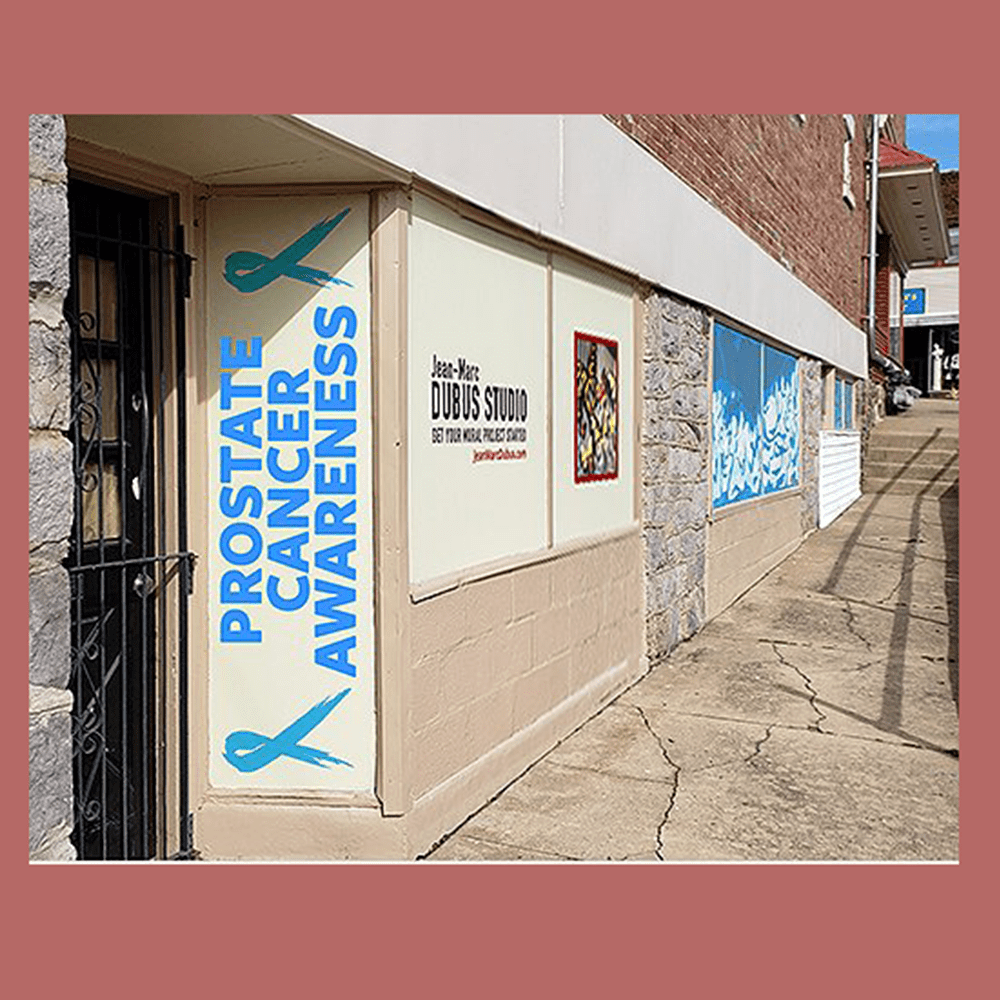Estimated reading time: 5 minutes
Table of contents
Murals are captivating works of art that transcend the limitations of a canvas. They breathe life into public spaces, spark conversation, and become vibrant testaments to a community’s identity after all. But before a breathtaking mural graces your wall, there’s a crucial planning process to make sure a successful outcome. This process rests on three fundamental pillars: location, budget, and artist.
Let’s delve into each of these pillars. As a result this will empower you to navigate the exciting journey of bringing your mural vision to life.
Pillar 1: Location, Location, Location
Choosing the ideal location for your mural is paramount. After all it sets the stage for the artwork’s impact and longevity. Here are some key factors to consider:
- Visibility: Consider foot traffic, vehicle flow, and overall visibility. A high-traffic location will maximize the mural’s exposure and appreciation by the community.
- Surface suitability: The chosen wall’s surface needs to be structurally sound and appropriate for mural application. Overall factors like material, sun exposure, and potential moisture issues all need to be assessed.
- Alignment with purpose: Show the mural’s intended purpose. Is it meant to beautify a public space, celebrate local history, or promote a message? Choose a location that resonates with your goals.
- Community engagement: Consider the surrounding community. Will the mural be embraced by residents and local businesses? Involving the community in the choice process can foster a sense of ownership and pride after all.
Pillar 2: Setting a Realistic Budget
Once the location is locked in, it’s time to prove a realistic budget. Here’s a breakdown of the primary cost factors involved:
- Artist fees: This depends on the artist’s experience, the mural’s complexity, and its size.
- Materials: The type of paint, primers, sealants, UV protection and other materials used will impact the cost.
- Preparation and installation: Factors like scaffolding, scissor lift, surface preparation, and potential permits need to be factored in.
- Project management: If you choose to hire a project manager, their fees need to be included in the budget.
Tips for Setting a Workable Budget:
- Research artist fees: Get quotes from several artists with styles that resonate with your vision.
- Consider material options: Discuss cost-effective material alternatives with the chosen artist.
- Plan for the unexpected: Divide a buffer in your budget to account for unforeseen circumstances.
Public Funding: The Cornerstone of Mural Projects
City and county governments are the primary funders of public art. They account for a large 39% of all funding according to CODAWorx. This significant contribution underscores the recognition of murals and other public art forms. These are seen as essential components of community development and placemaking. By tapping into these governmental resources, artists and organizations can bring ambitious mural projects to life and enrich public spaces.
Government funding is a crucial pillar. It’s essential to explore other potential funding avenues to diversify support. This will increase project sustainability. Still according to CODAWorx, grants and foundations account for 7% of all public art funding. Donations account for 6%.
Pillar 3: Finding the Perfect Mural Artist
The artist plays a crucial role in translating your vision into a captivating reality. Here’s what to look for when selecting your mural artist:
- Artistic style: Browse the artist’s portfolio to make sure their style aligns with your desired aesthetic.
- Experience with murals: Experience in working on large-scale public art projects is vital.
- Understanding of the project: Choose an artist who takes the time to comprehend your vision and goals for the mural.
- Communication and collaboration: Find an artist with excellent communication skills, ensuring a smooth and collaborative process.
Tips for Finding the Perfect Mural Artist
- Seek recommendations: Reach out to local arts organizations, galleries, or community centers.
- Search online platforms: Websites dedicated to muralists can be valuable resources for discovering artists.
- Attend art events: Local art walks and festivals offer opportunities to connect with mural artists directly.
Building a Lasting Legacy
By carefully considering these three pillars – location, budget, and artist – you can embark on a successful mural project. It will definitely leave a lasting legacy. Additionally a well-placed mural, created within a realistic budget by a skilled artist, aligns with your vision. It becomes more than just art. It becomes a vibrant thread woven into the fabric of your community.
Ready to bring your mural dream to life? Contact us today to schedule a consultation and explore the possibilities!
More Tips for a Successful Mural Project
- Get the necessary permits: Check with your local authorities. Make sure all required permits are obtained before starting the project.
- Promote your mural: Once the artwork is finished, spread the word! Equally important is to share photos on social media and organize a celebratory event to engage the community.
- Plan for maintenance: Discuss a maintenance plan with the artist to make sure the mural’s longevity.
Finally we hope this blog has empowered you to embark on your mural project with confidence. Remember, a stunning mural is a collaborative effort. Jean-Marc Dubus Studio is here to guide you every step of the way.
Related Links
Looking to Bring the Magic of Storytelling to Your Own Space?
- Turn your vision into reality!
- Let’s discuss how a collaborative mural project can inspire your community.
- Discover the benefits of a mural creation and contact me today for a free consultation!


